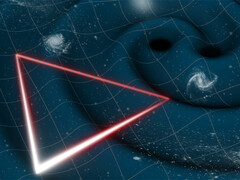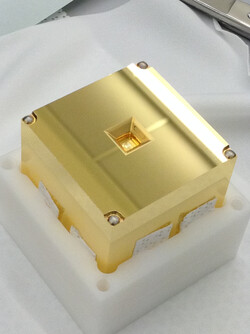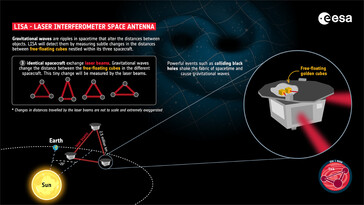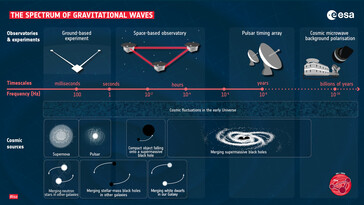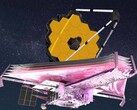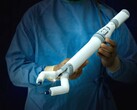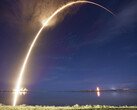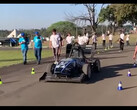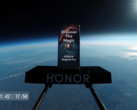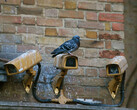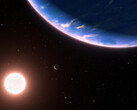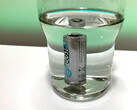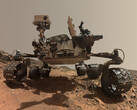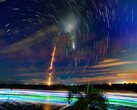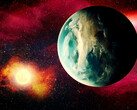The ESA has presented its plans for a gravitational wave detector in space. Construction is due to begin in January 2025. The launch into space is scheduled for 2035. Then "LISA" (laser interferometer space antenna) can be put into operation.
And the system will certainly not be small. It consists of three satellites, each positioned 1.5 million miles apart (six times the distance between the Earth and the moon) in the shape of an equilateral triangle and each in contact with the other via laser light.
The measurements will take place in Earth's orbit, but approximately 30 million miles (one third of the distance between the Earth and the Sun) away from the Earth. This is an area that is far enough away from the Earth to avoid interference. In addition, the Lagrange points L4 and L5 are also at a safe distance, where dust clouds and particles collect in interaction with the Earth and the sun.
Measurements in the black spot
The structure of the test site is also exciting. Each of the satellites contains a floating cube made of gold and platinum, the size of which would fit easily into a hand. Laser light in each of the satellites measures the distance to the other two test objects.
If a gravitational wave, basically a shake of space-time, hits the satellites, the distance between the cubes changes minimally. The changes are a few billionths of a millimeter, i.e. a few picometers. It can still be measured with the high-frequency laser.
In addition, the distance between the three satellites is such that previously undetectable wave frequencies can be recorded. This means that colliding white dwarfs and neutron stars located within the Milky Way can be observed. It should also be possible to determine their position from the data.
In addition, there are particularly heavy objects that penetrate the event horizon of a black hole. Neither existing radio antennas nor the gravitational wave detectors installed on the ground have so far been able to determine these events and the waves they emit in space-time. It is as if we had been looking through the hole in an eye patch and could finally take it off in 2035.




